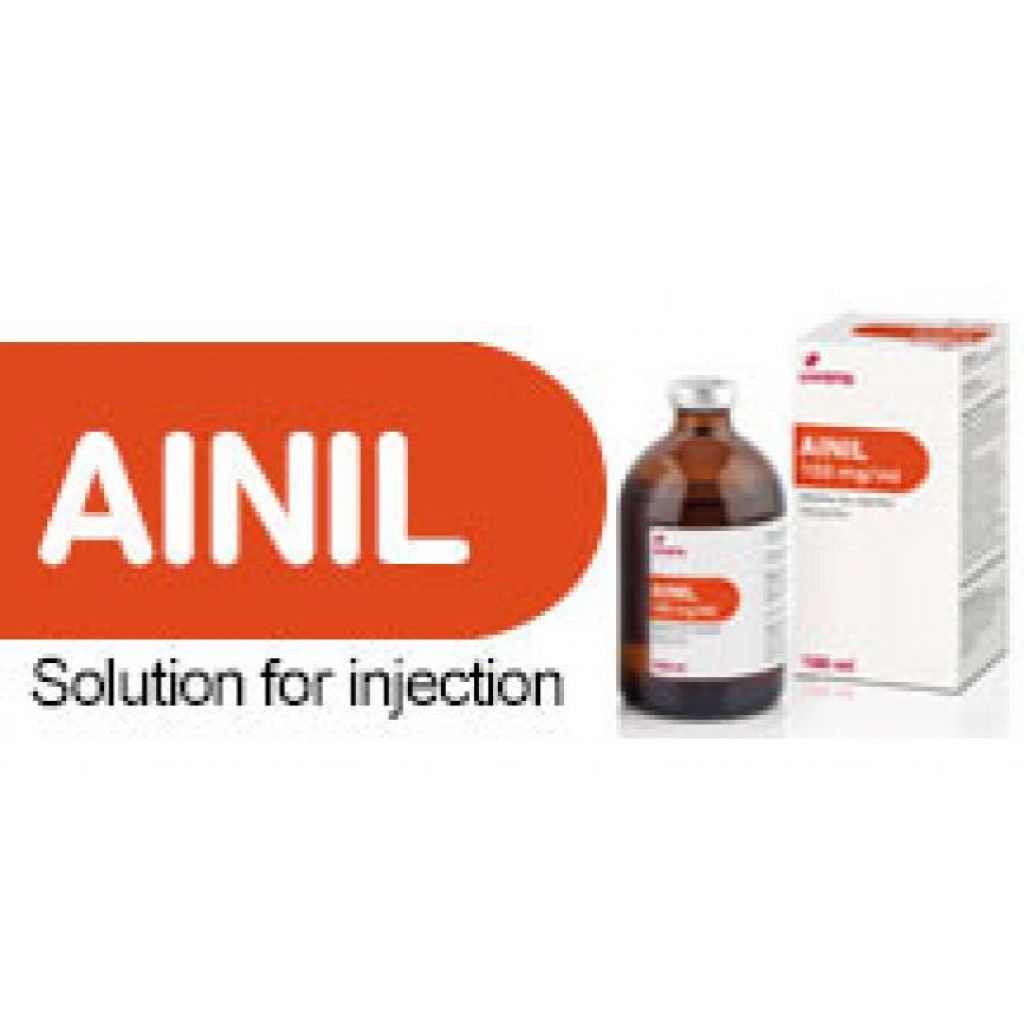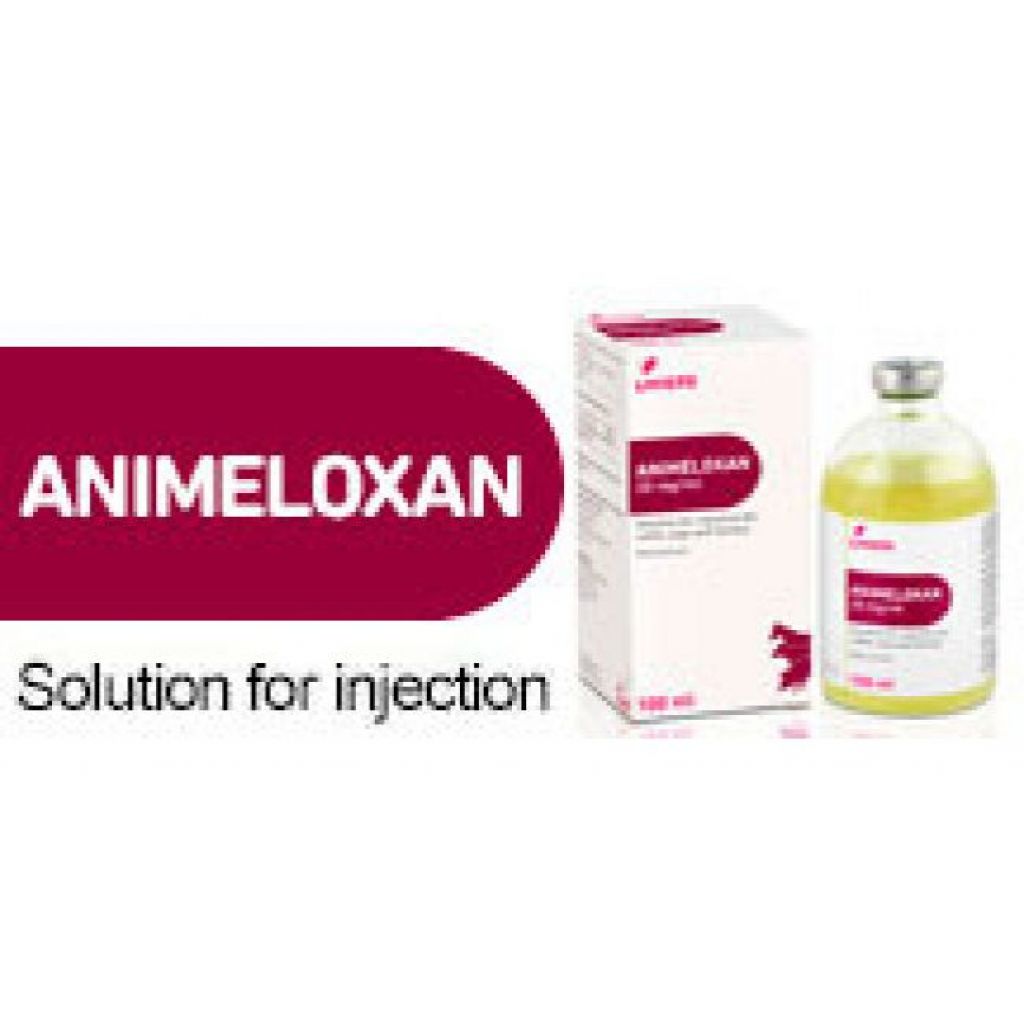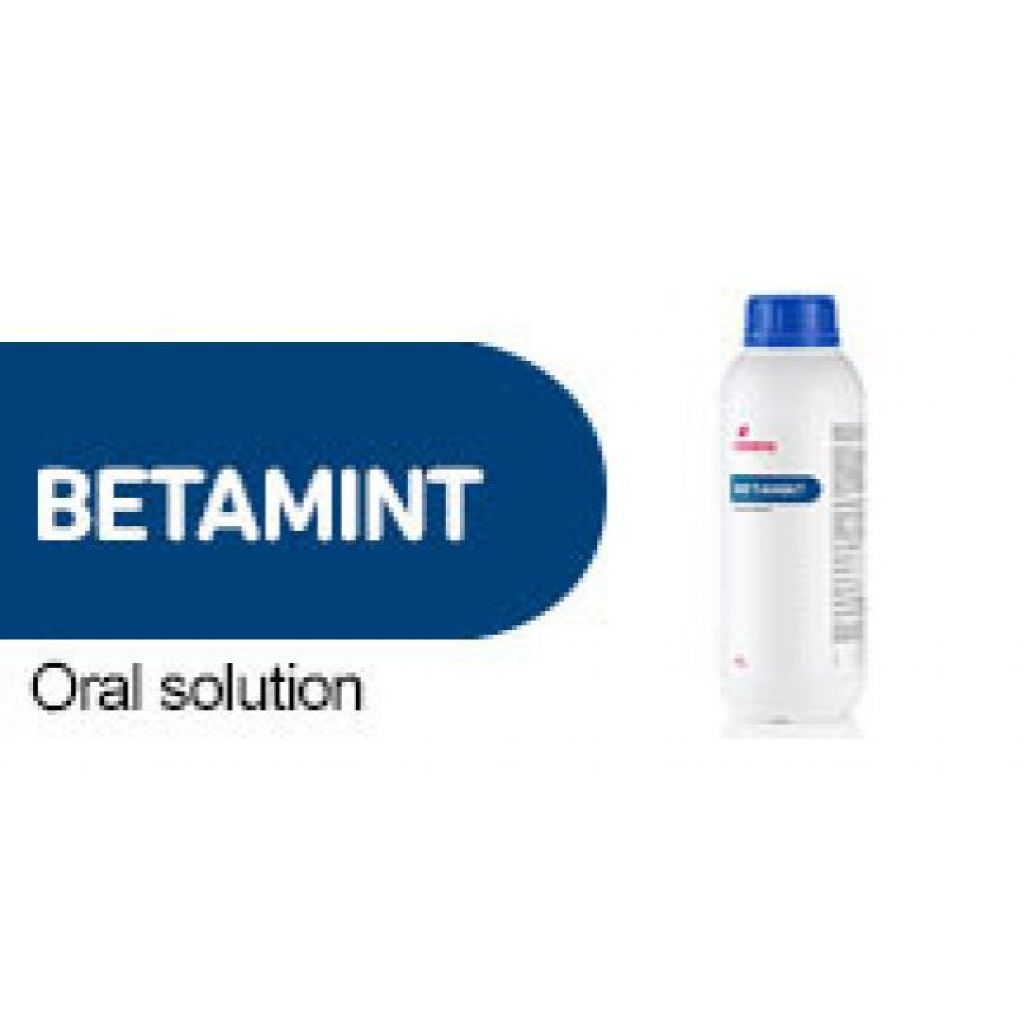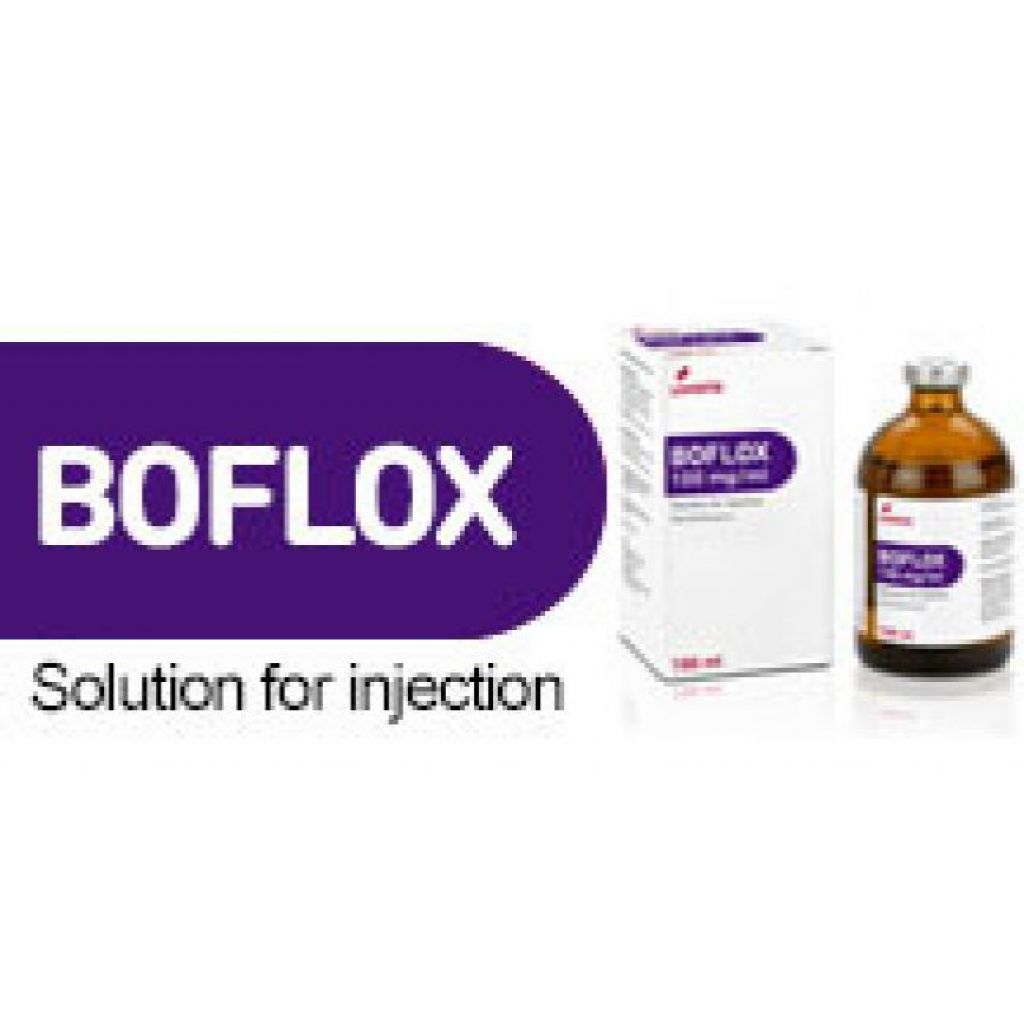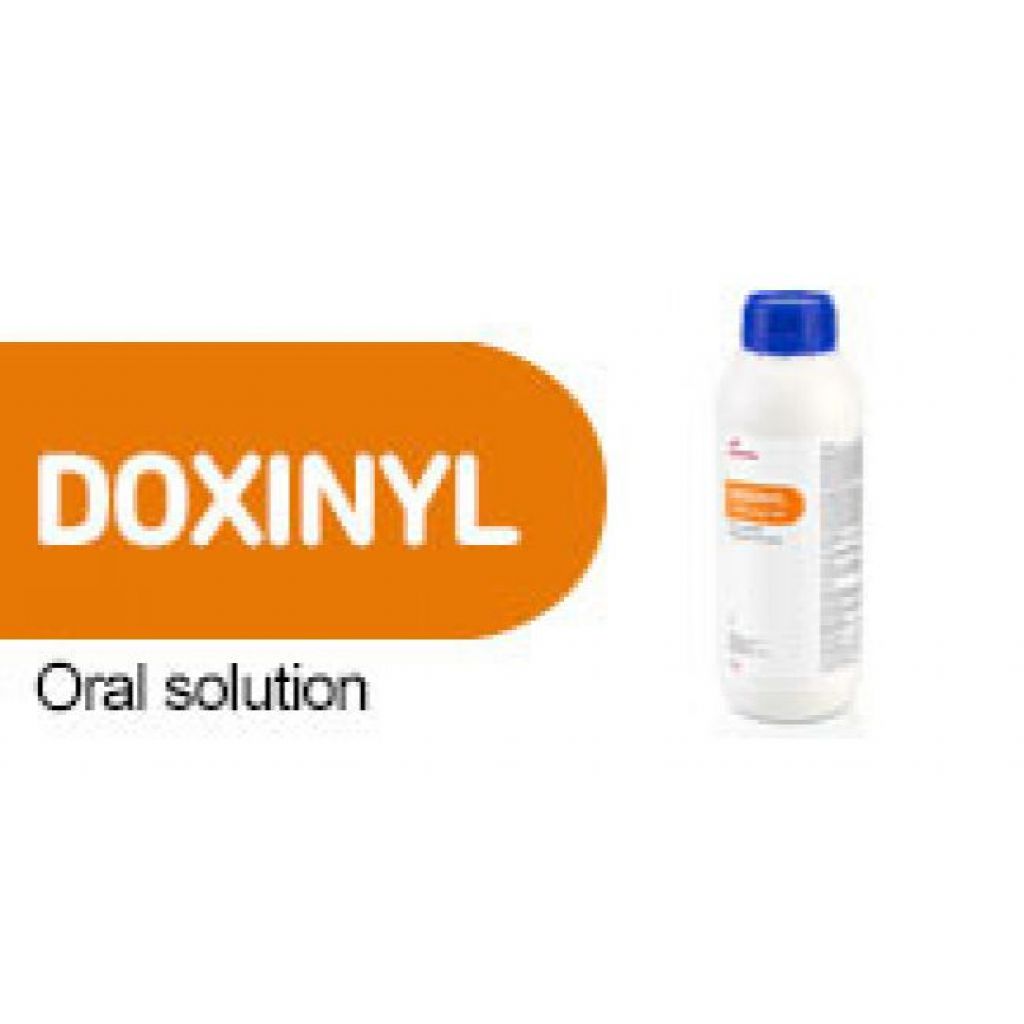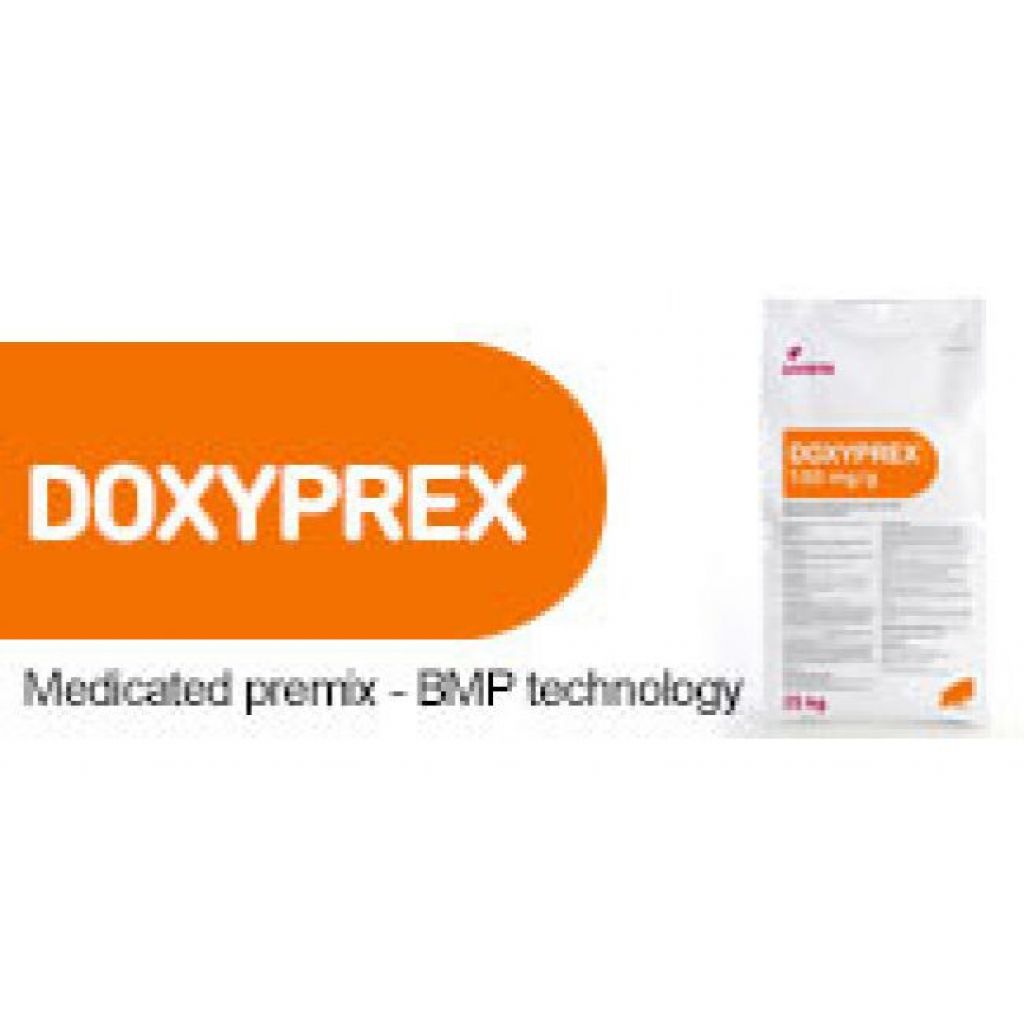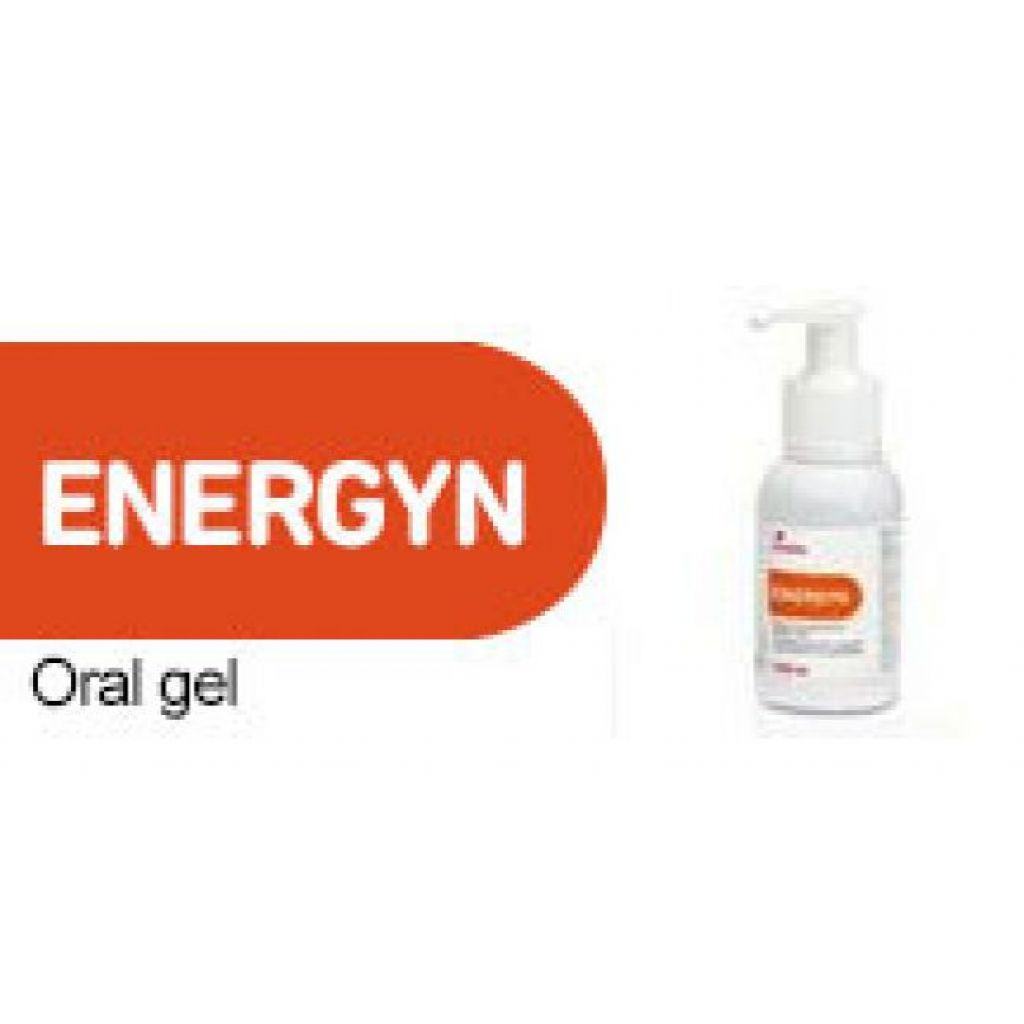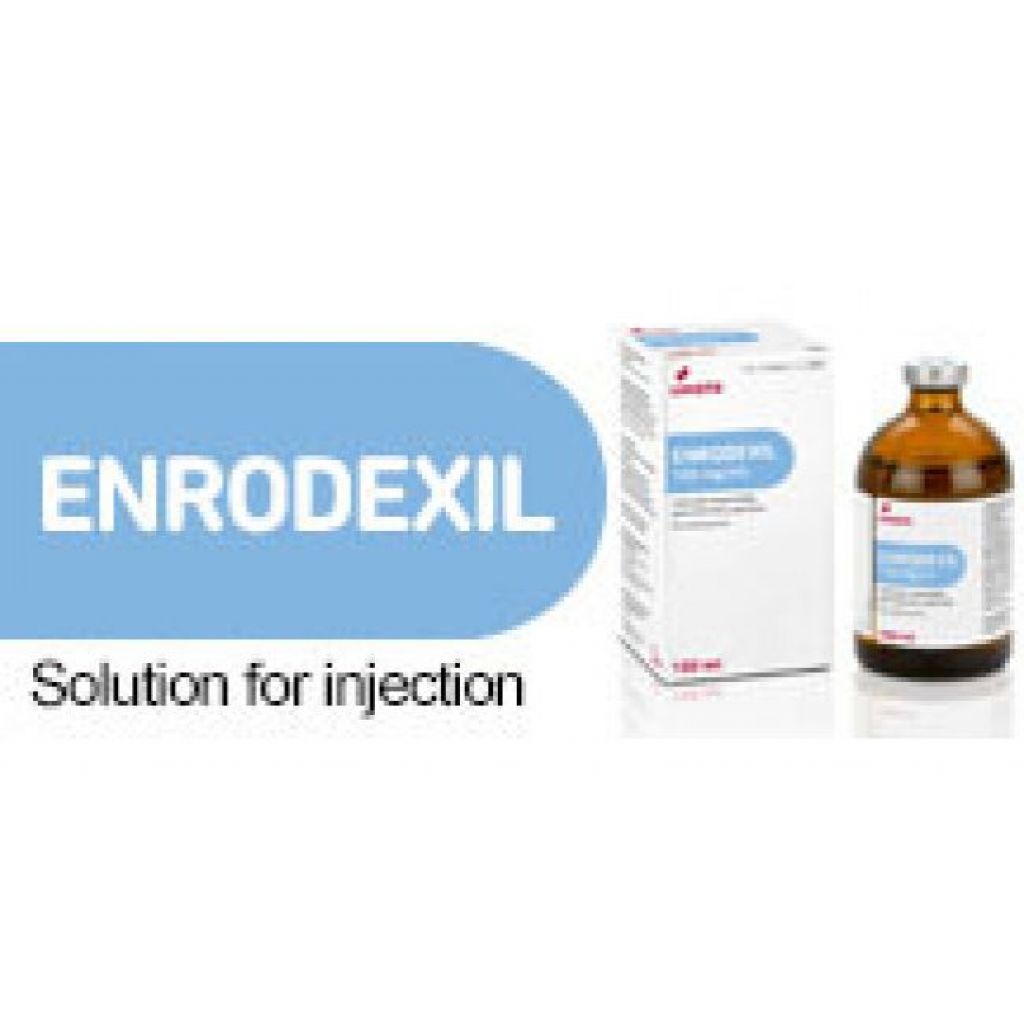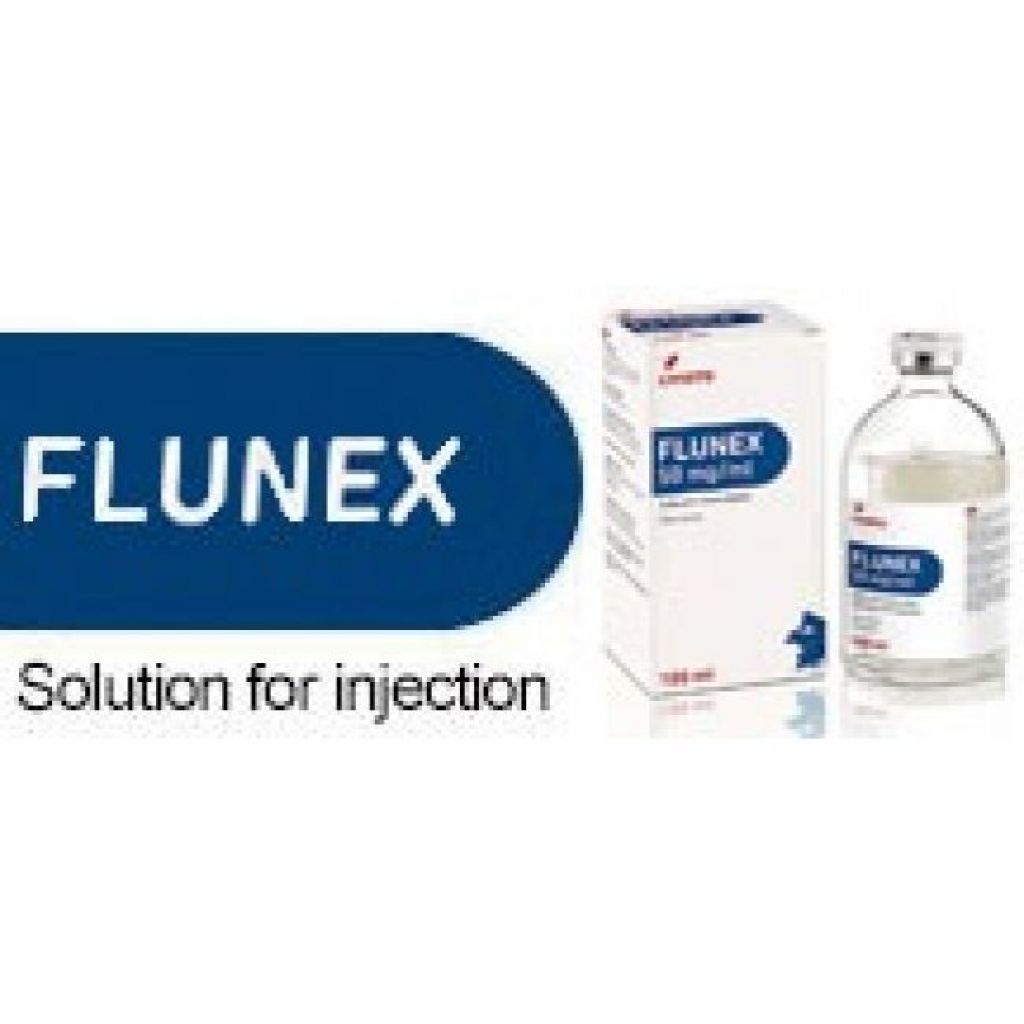How to deal with newborn piglets’ mortality?
Evidence strongly suggests that increased litter size due to genetic selection is the major contributing factor for the greater occurrence of low-viability piglets (1).
Average litter sizes may have increased by 0.2–0.3 piglets/year, and it is associated with negative aspects such as high energy demand for milk production, prolonged farrowing duration, and pre-weaning mortality (2).
The proper management is key to handle piglets’ mortality because it can result in loss of revenues and extra production costs, reaching between €12 and €23 per litter reduction in returns (3).
The importance of colostrum intake
Colostrum provides piglets with energy for thermoregulation and weight gain, passive immunity and growth factors. Sufficient colostrum intake, at least 250 g per animal, within the first 24 h of life is a well-established determinant for continued survival (1).
Intestinal closure in piglets begins at about the first 6–12 h post-ingestion of colostrum and is complete at 24–36 h. During these hours, they can obtain necessary immunoglobulins (especially IgG, which is essential for piglet immune systems and thereby for their long-term survival during lactation) and other immune elements required to acquire their passive immunity. This highlights the importance of timely intervention and the availability and uptake of sufficient colostrum (1).
Farm management to reduce mortality due to lack of colostrum
Tucker et al. (2021) assure that one-third of sows do not produce enough colostrum to provide 250 g to each of their piglets. To avoid this, good management at the time of farrowing is essential.
Firstly, it is necessary to optimize the farrowing environment. Providing additional heat either via a radiant heater behind the sow or using floor heating help prevent hypothermia and, therefore, increases piglets’ viability at birth (4).
Then, the simple action of a worker assisting piglets to find a teat as soon as possible after birth can decrease preweaning mortality from 11.7 to 6.2%. If a piglet shows no respiration by 15 seconds after birth, newborn care can have a positive effect on its vitality (4). This care could include:
- Removing the amniotic sac when present around the piglet.
- Removing mucus from the snout.
- Rubbing the piglet.
- Piglet drying.
Thirdly, the use of energy supplements to supply a “boost” of energy to provide piglets with greater opportunities to suckle and obtain colostrum. Energy supplementation to piglets must be done while the sow is still producing colostrum so that colostrum intake can be promoted; hence, it should be done in the first 12 h postpartum. Giving two doses in the first 24 h appears optimal, avoiding too great a volume in only one meal, which might discourage teat-seeking. It was also observed that piglets should be warm for better results when providing the supplements (4).
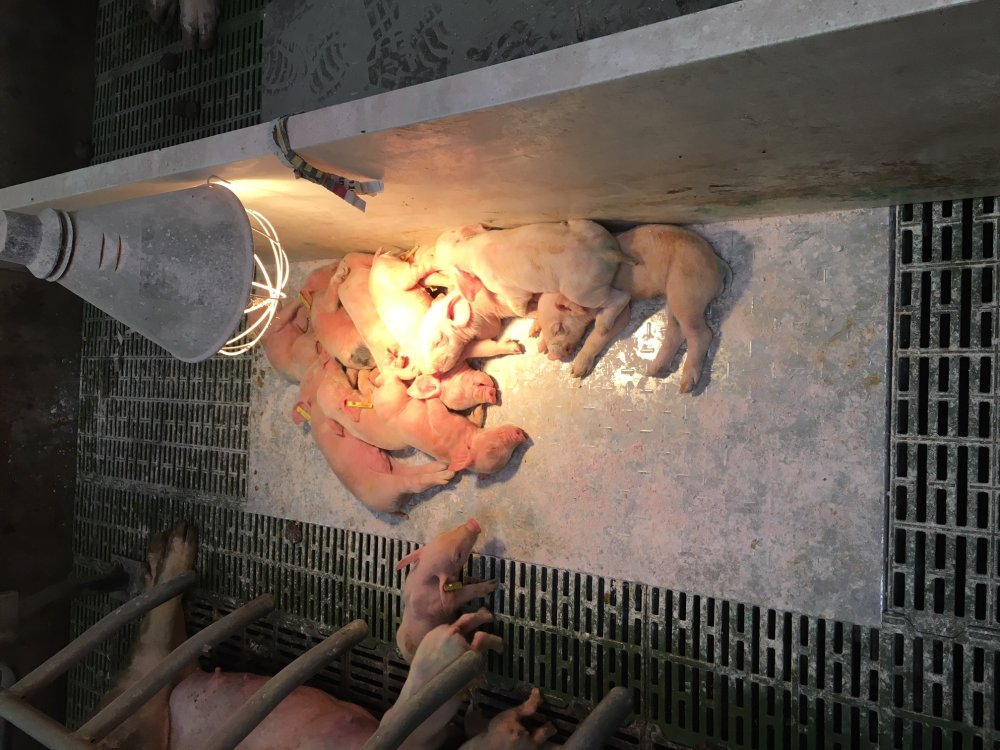
One example of these supplements is Energyn, a boost of energy in the form of oral gel. It is a rapid and easily-available source of energy for the newborn piglet after birth that contributes to the survival of weak and/or low birth weight piglets. This extra boost of vitality gets piglets to suckle the sow’s colostrum earlier and in higher amount, which is especially necessary in farms with hyperprolific sows.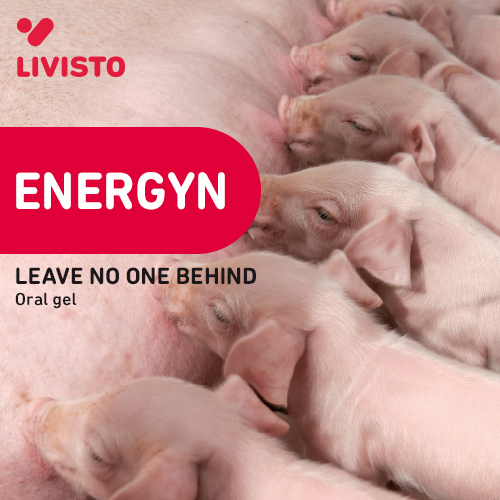
Results obtained in some Livisto trials (5) suggested that:
- piglets that received a single dose of 2ml Energyn after birth showed:
- Lower mortality rates.
- Higher weight gain during lactation.
- Higher weaning weight.
- The oral administration of two doses of 2ml Energyn separated 24 hours led to lower mortality rates.
Good results when giving a boost of energy to newborn piglets can be explained by the fact that acquiring a sufficient amount of energy seems more important for the survival of suckling piglets in the first 24 h postpartum than acquiring a sufficient amount of immunoglobulins (Farmer and Edwards, 2022)
Besides doing all the procedures before mentioned, fostering is used to increase piglet access to colostrum, milk and warmth, when these essential resources are limited for a piglet to thrive. Cross-fostering:
- Is widely used in herds with hyperprolific sows because the number of live born piglets often exceeds the number of functional teats in the sows (6).
- Implies the movement of piglets from one litter into a new litter.
- Permits the equalizing of piglet numbers per litter, allowing more equitable teat access, generally with the minimal movement within a farrowing house.
However, if most sows are producing greater numbers of piglets than their teat capacity, the implementation of split suckling protocols and the use of nurse sows are the solutions to ensure the consumption of sufficient colostrum and milk.
Split suckling involves the temporary removal of larger piglets from the udder for a series of milk let down events to provide smaller piglets with opportunities to suckle, allowing all piglets to remain with their birth mother. But, doing this management prior to piglets’ gut closure, requires a greater presence of personnel in a farrowing house than cross-fostering. This video explains the technique, which can be used to make sure that the smallest piglets have access to colostrum during their first 6 hours of life.
Conclusions
Piglet perinatal and pre-weaning mortality is a welfare problem causing economic losses in pig production, and the lack of intake of the amount of colostrum necessary for its survival is one of the causes. The implementation of adequate management in the first hours of life of the piglets is vital.
ENERGYN's video: https://www.youtube.com/watch?v=E7GyprHwp9I.
References
- Tucker BS, Craig JR, Morrison RS, et al. Piglet Viability: A Review of Identification and Pre-Weaning Management Strategies. Animals 2021, 11, 2902. doi: 10.3390/ ani11102902.
- Peltoniemi O, Yun J, Björkman S, et al. Coping with large litters: the management of neonatal piglets and sow reproduction. J Anim Sci Technol 2021;63(1):1-15. doi: 10.5187/jast.2021.e3.
- Stygar AH, Chantziaras I, Maes D, et al. Economic feasibility of interventions targeted at decreasing piglet perinatal and pre-weaning mortality across European countries. Porc Health Manag 8, 22 (2022). doi: 10.1186/s40813-022-00266-x.
- Farmer C and Edwards SA. Review: Improving the performance of neonatal piglets. Animal, volume 16, Supplement 2, 2022. doi: 10.1016/j.animal.2021.100350.
- Livisto’s internal data.
- Nielsen CL, Krogh MA, Sørensen JT, et al. A field trial on the effect of cross-fostering on performance, clinical health and antibiotic usage during the suckling period of pigs. Preventive Veterinary Medicine, Volume 205, 2022, 105678. doi: 10.1016/j.prevetmed.2022.105678.



